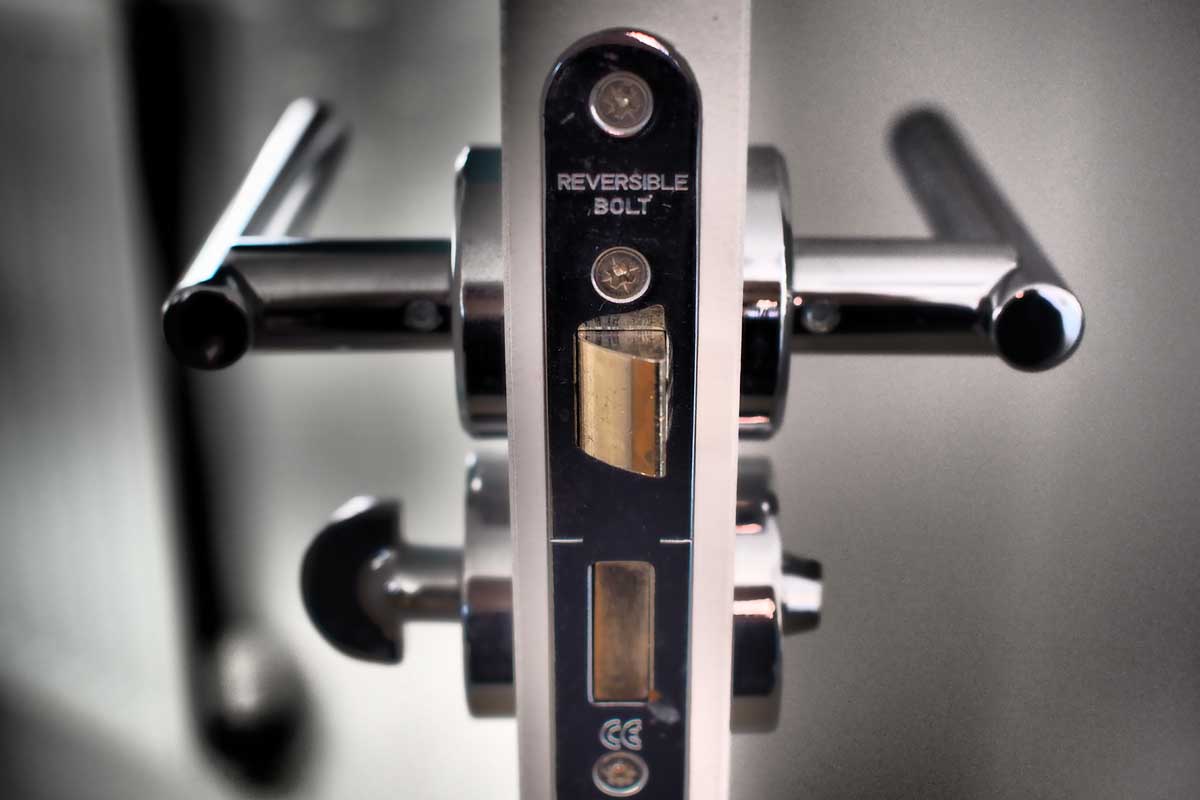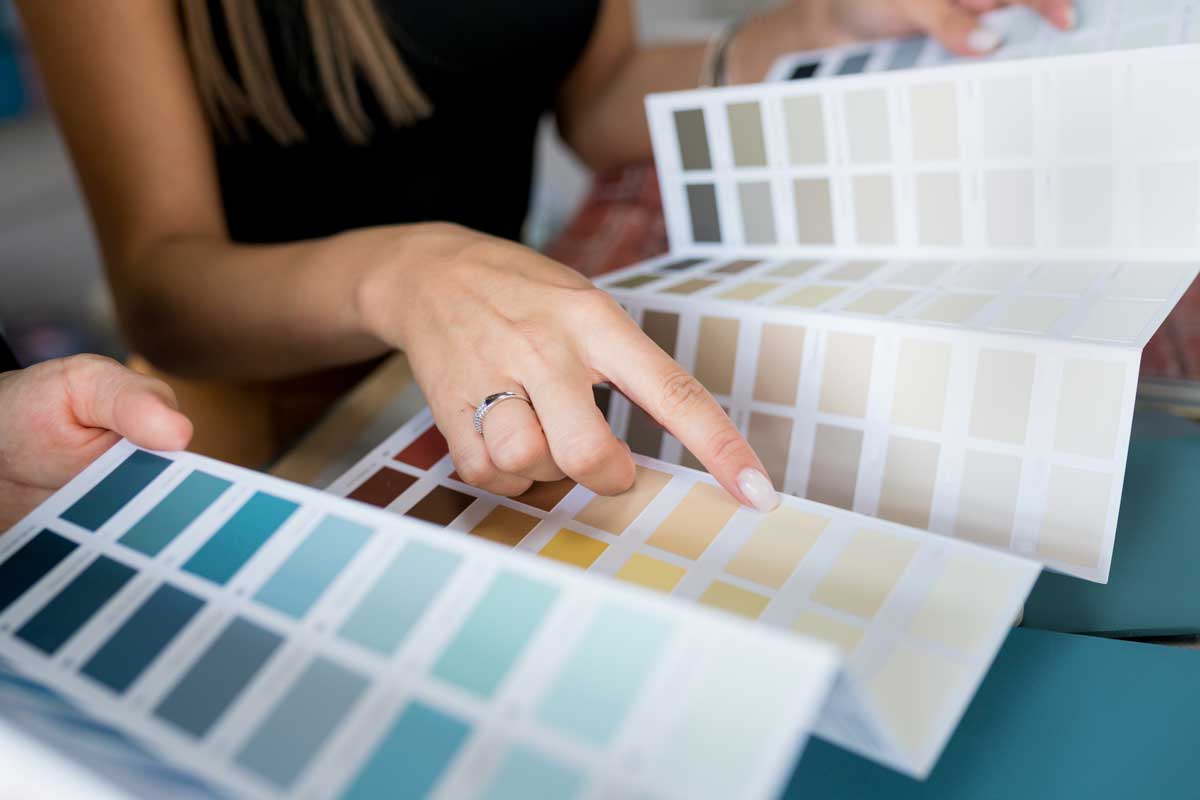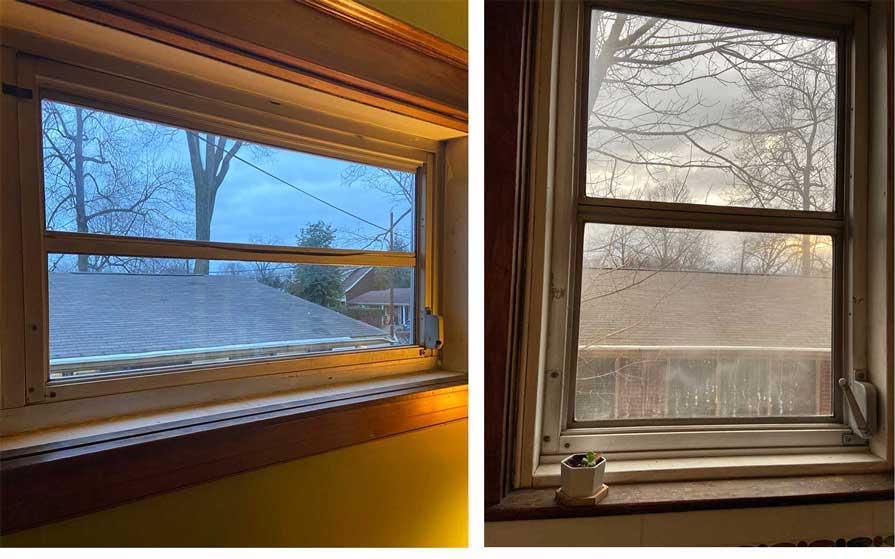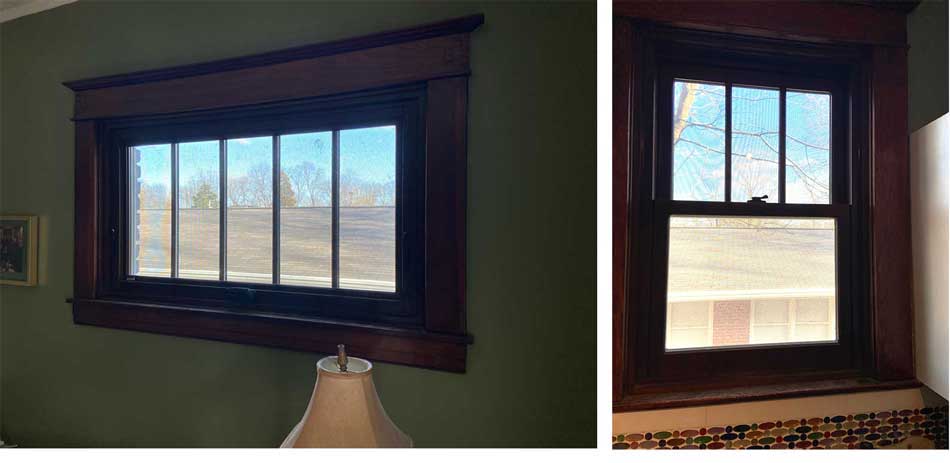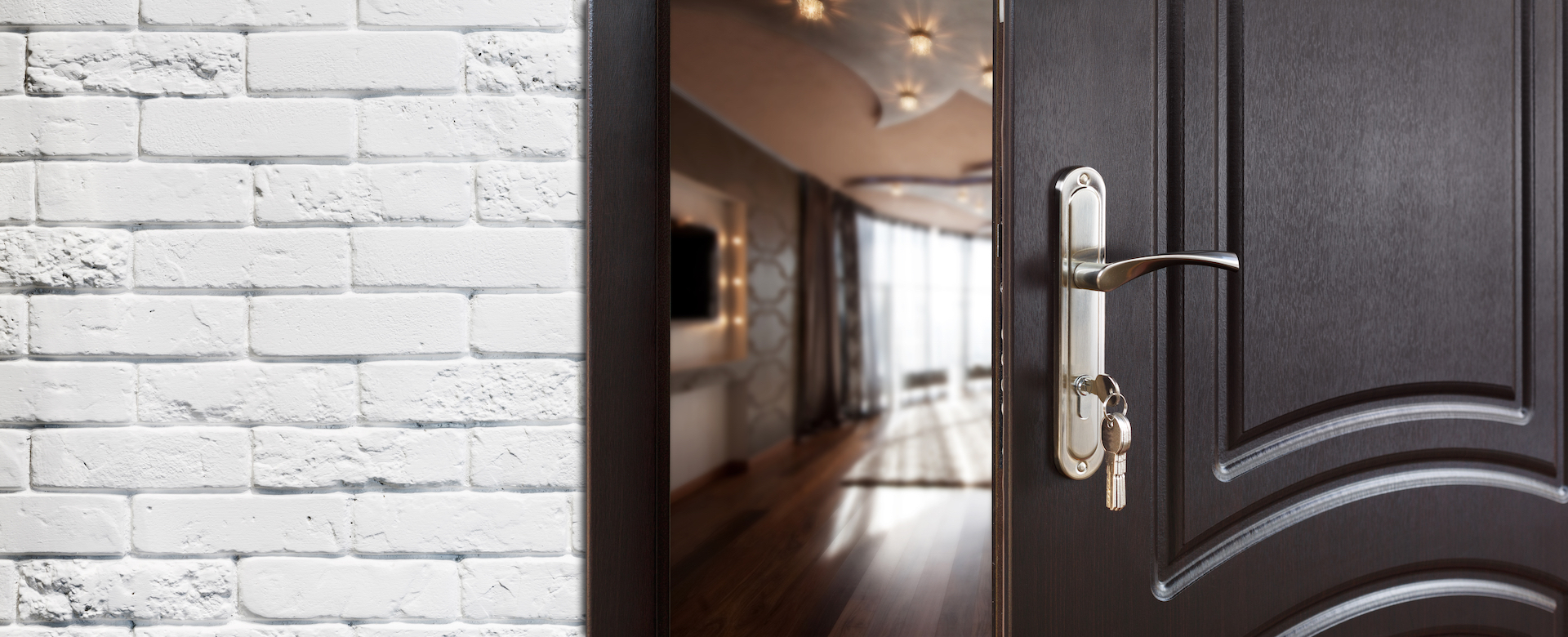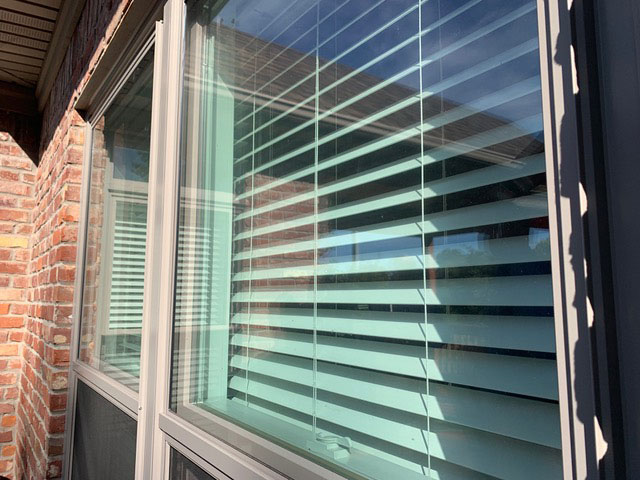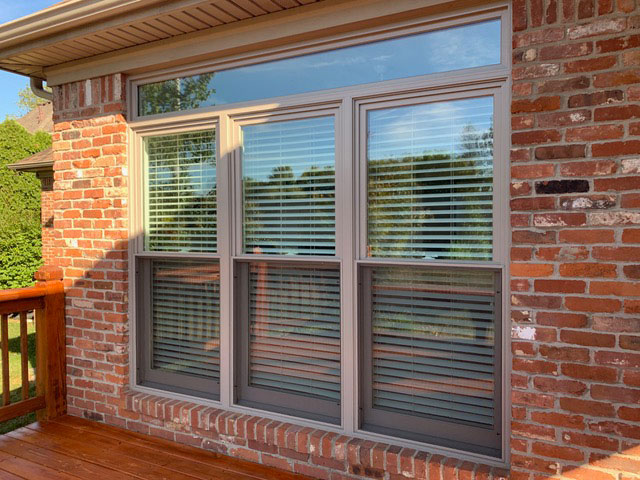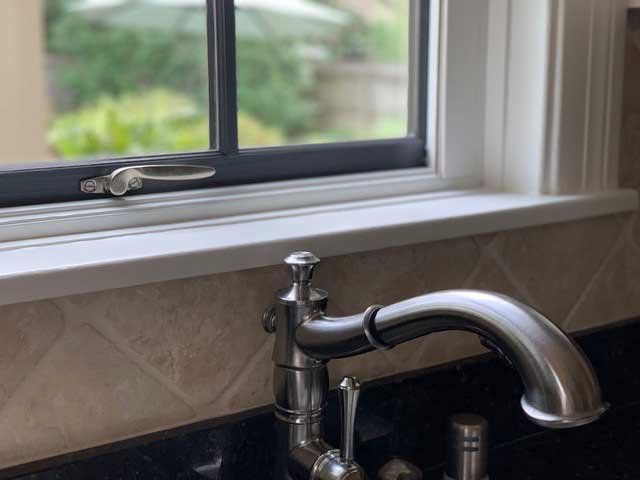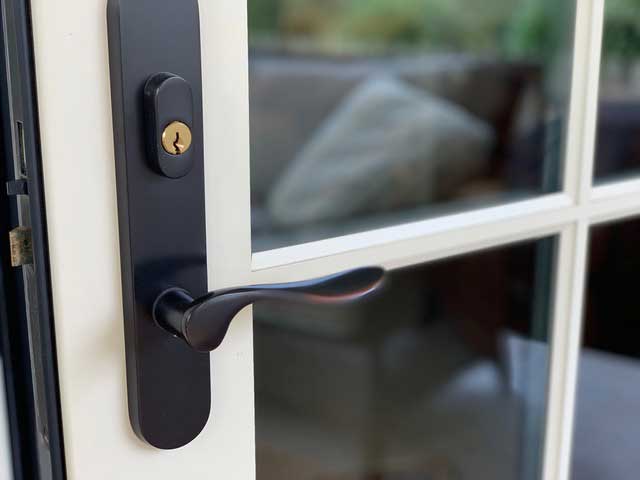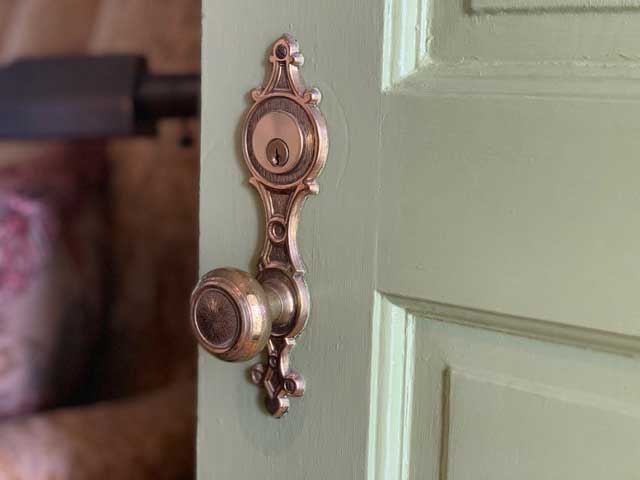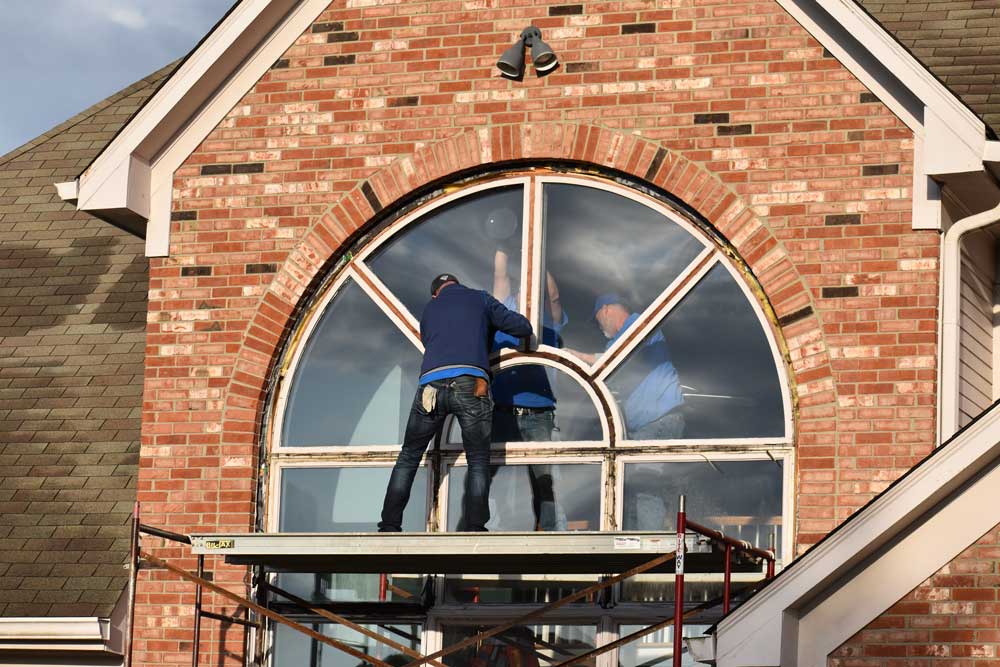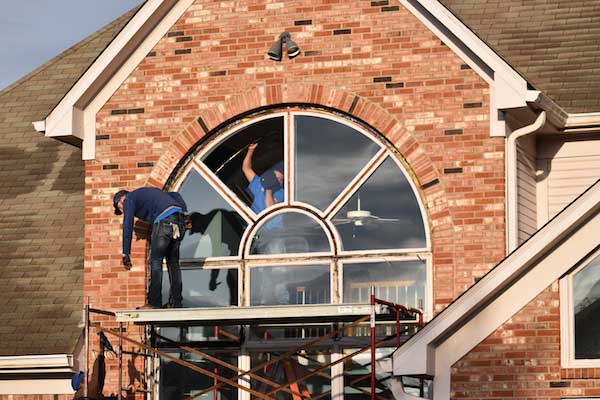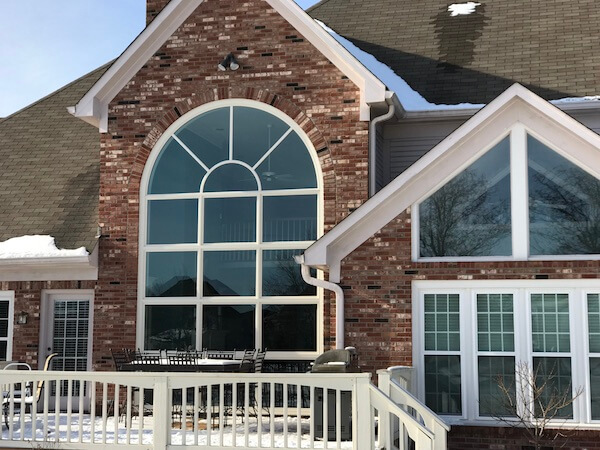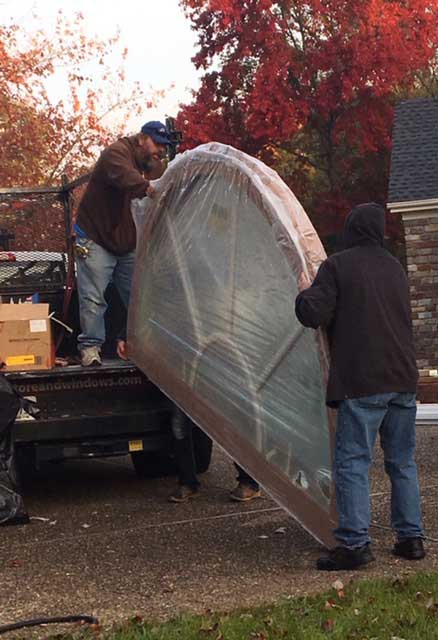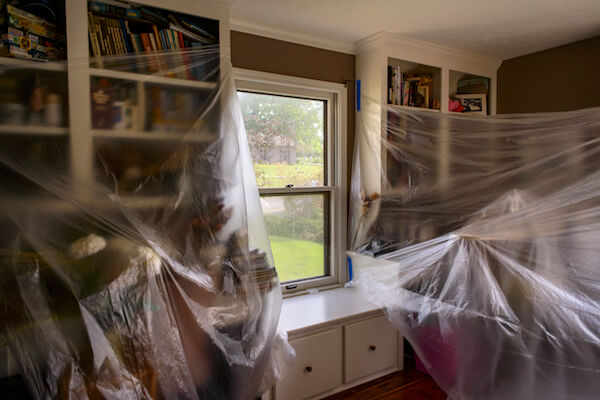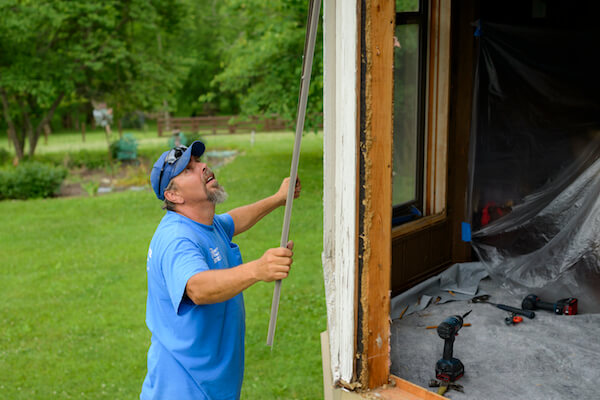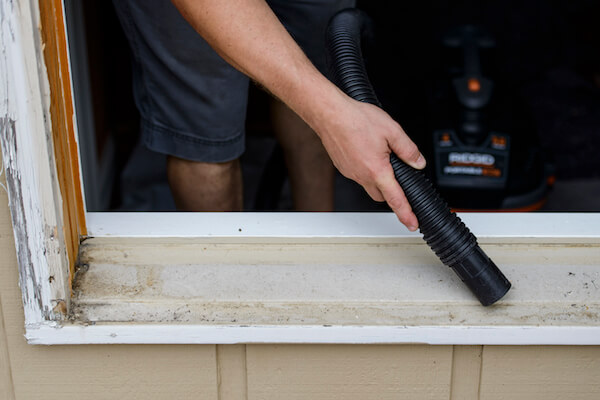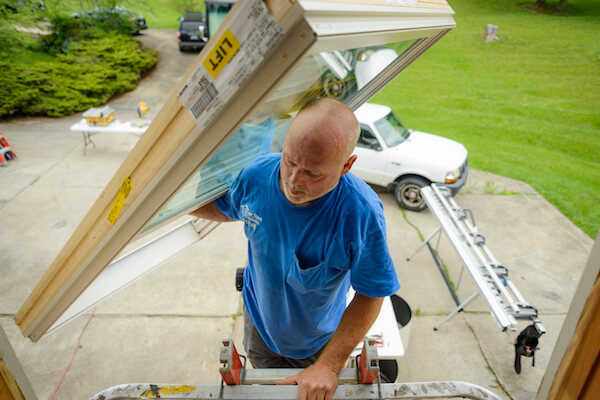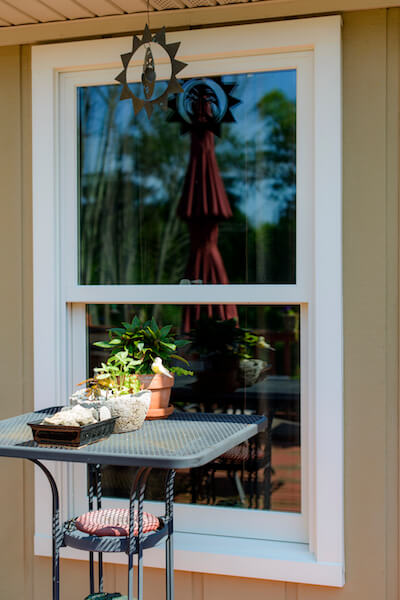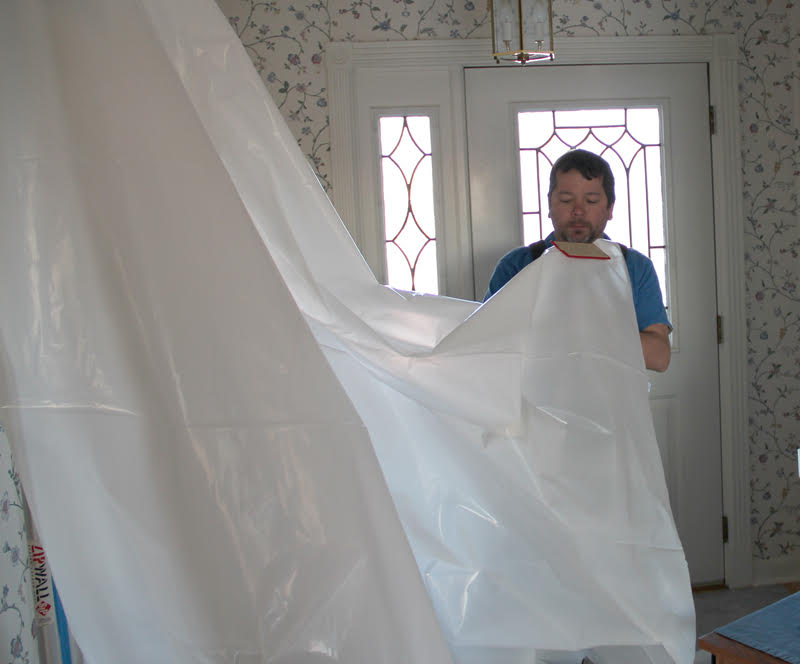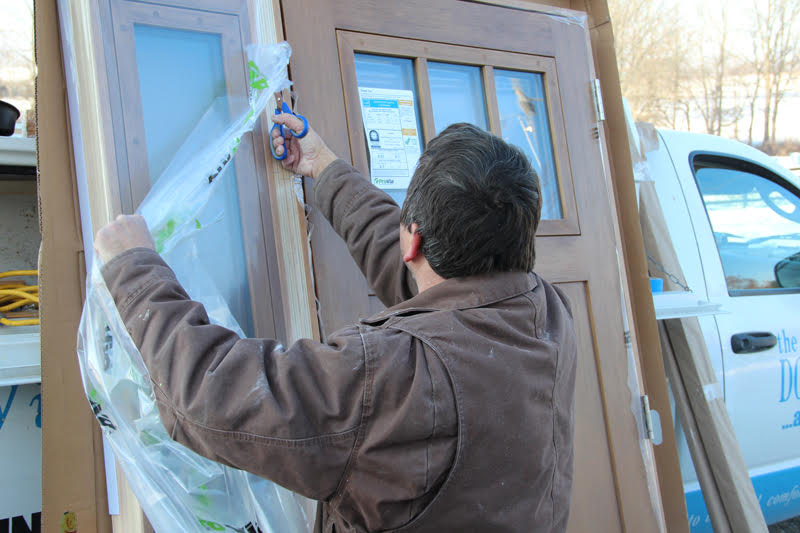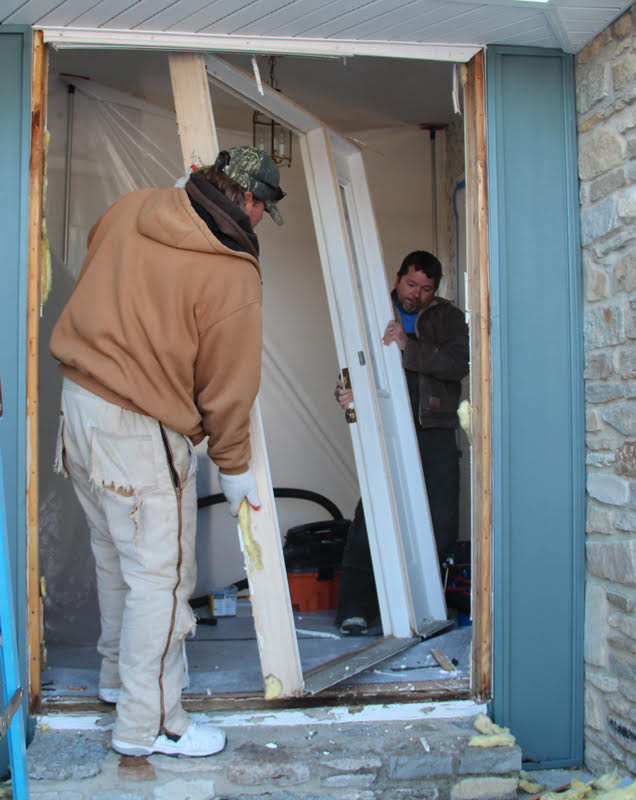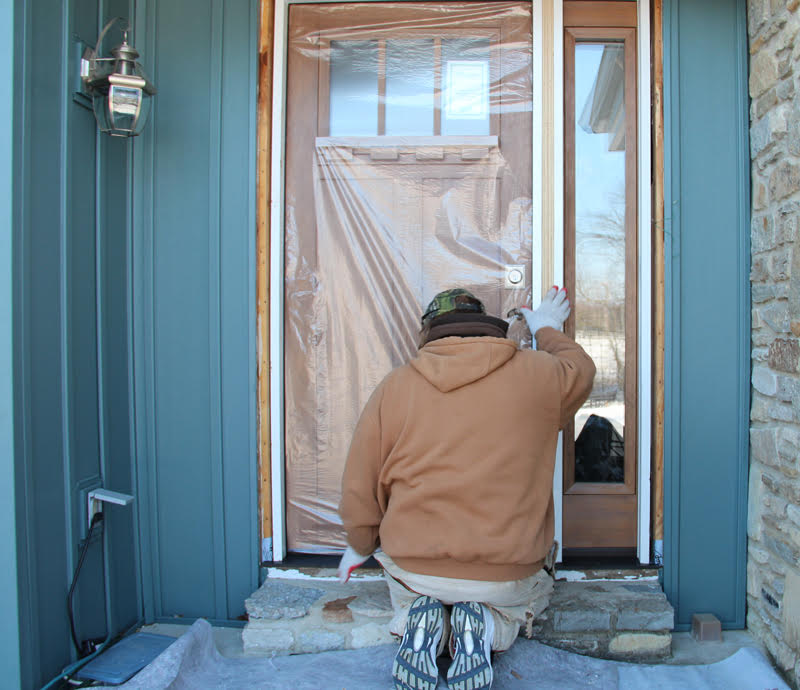Why Buying Replacement Doors and Windows Based on Price Is Not Always the Best Idea
As the saying goes, you get what you pay for.
We understand that shopping to find the best deal seems sensible, but when you shop for replacement windows and doors based solely on price, you can put your considerable investment in your home at risk. Below you’ll find some of the reasons the cost of windows and doors is not always comparable and how Door Store and Windows goes above and beyond to ensure you get the best final product for your money.
Select Quality Products Built by Reliable Manufacturers
All door and window manufacturers are not created equal. Each has different manufacturing processes and quality management practices that contribute to the overall excellence of the product. To ensure your doors and windows don’t fail prematurely, make sure to research the manufacturers to determine which offers the best in demonstrated function, strength, and longevity. It also doesn’t hurt to find out how long they’ve been in business. A decades-old company is more likely to have time-tested production systems in place that make it more likely you’ll get a higher standard of door and window. And don’t forget to check the warranties—you don’t want to be left paying for a replacement for your replacement. Here at Door Store and Windows, we only work with manufacturers that have the best and most predictable quality over time, not to mention industry-leading warranties that protect your investment long after our job is done.
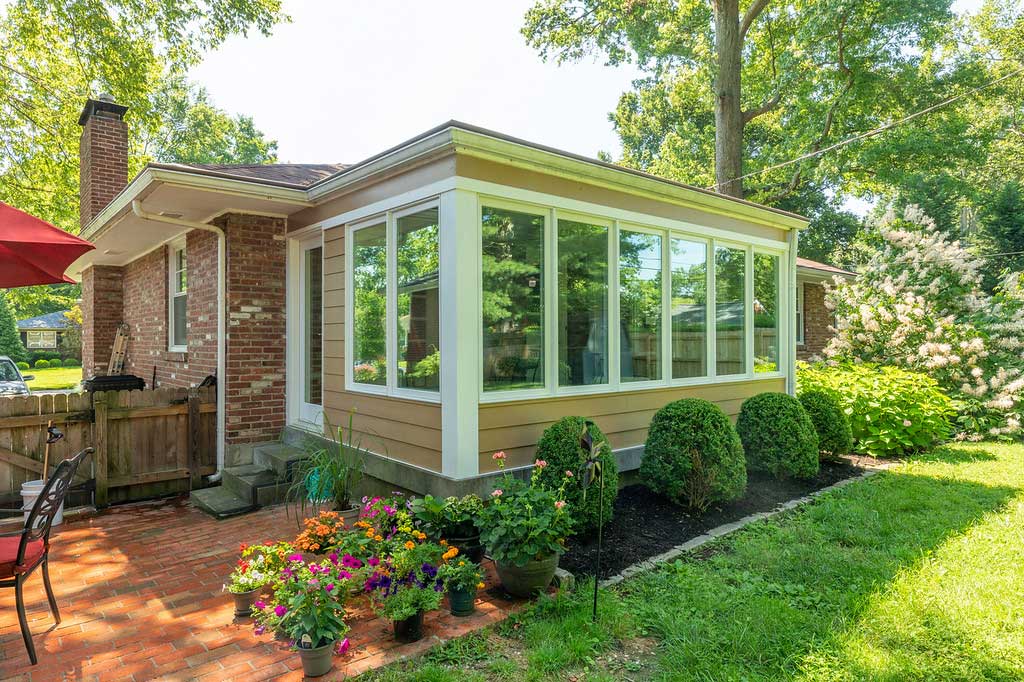
Expert Project Consultation Is Key
Choosing replacement doors and windows might seem like a straight forward process, but if you don’t get it right it could mean more expense down the road. That’s where an expert replacement consultant is invaluable. They can help you determine exactly what product you need to meet your functionality and design requirements. Is your door in an overexposed entry way? You don’t want a wood door. Want your new windows to look like they have always been there? Beware standard sizes used in larger openings. This idea may lower your price, but will ultimately detract from the overall beauty of your home. When you work with Door Store and Windows, our project consultants carefully listen to your needs and provide you the best options for your project. We size and order products to perfectly fit your home for the highest level of functionality and aesthetic beauty. We also double—and triple—check everything before ordering to make sure you’re getting exactly what you want.
Don’t Skimp on Installation Supplies
Using only the best installation supplies available will help your windows and doors perform at their best for a long time. Though there are cheaper options on the market, caulks with multi-year warranties and high-quality spray foam can make all the difference. Anchoring screws, adhesives, and on and on—every aspect of installation matters. That’s why we use only the best in class in all our supplies. It’s worth the cost to ensure there are no weak points in your installation that could come back to haunt you down the road.
Expert Installation Makes the Difference
Replacing windows or doors in an existing home that has settled or experienced other wear and tear is not a project for unskilled workers. A poor install could mean leaks and other issues that lead to serious damage and repair costs. You want to work with installers and service technicians who are seasoned professionals with years in the business. That’s what you get at Door Store and Windows. Our installers are factory-trained and receive ongoing safety training from outside consultants. Every member of our team is drug-tested, bonded, insured, and has passed background and safe-driving tests. To back them up, we supply them with all the best equipment as well, including new trucks and quality tools kept in top notch condition. When your installers can work at the highest level, you receive the highest level of service and expertise in return.
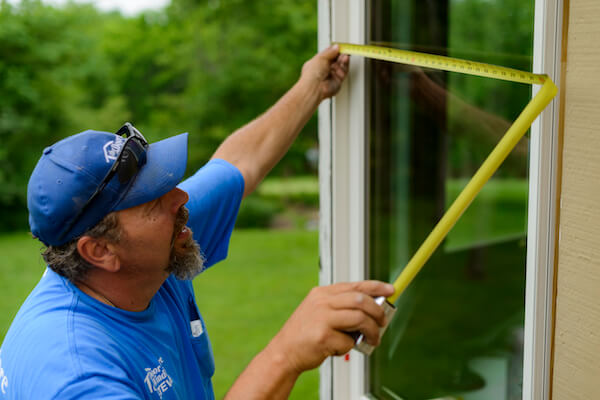
A TDSW Installer measuring the window insert area.
You Don’t Know What You Don’t Know
Don’t be afraid to ask questions. Some examples are:
- How invasive to my home is replacing my windows or doors?
- What will I need to do before and after the installation?
- Who hauls away the old windows?
- Will I have to paint the walls or trim in my room after the installation?
- How long will I have an open “hole” in my house?
- How long will the installation take?
- Do the installers clean up after themselves?
Depending on the answers, you may have more expense ahead of you. Ultimately, knowledge is power.
We Are Here to Answer Any Questions
If you’d like to discuss adding replacement windows or doors to your home, our expert Sales Consultants can help. We’re happy to walk you through all the options to find the perfect fit for your style and budget. Give us a call today to set up a free in-home, no obligation consultation.

